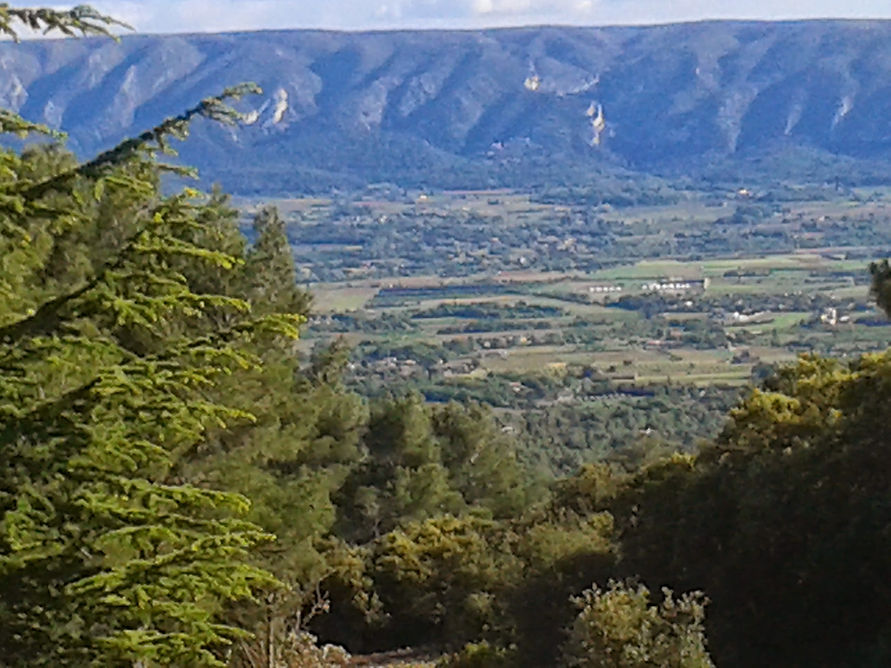
Cabrières d'Avignon and its past history.....
The whole story (information taken from the municipality's website)
Origin of the name
The name of Cabrières would have as its origin, "Capra" and "Cabro" in Provençal, "the country of goats".
From the 15th century the village was successively named "Capreris, Capriera, Cabrieras" and "Cabreria" on the map of the diocese of Cavaillon in the 16th century. We are starting to complete the name of Cabrières with “du Comtat” which means that it is the property of the Holy See.
It was in 1918 that the town officially took the name Cabrières-d'Avignon.
The coat of arms of Cabrières d’Avignon
1792: Only known historical mention of the coat of arms: a circle containing a passing goat.
Nowadays the coat of arms of Cabrières is represented by a standing goat accompanied by a star from the coat of arms of the lords of Baux.
''Gules with a protruding golden goat, accompanied in the first franc canton by a star of sixteen spokes of the same''.
The lords of Baux constitute one of the most powerful families in medieval lower Provence. They established local power in the county of Provence at the end of the first millennium. But this domination was thwarted in the 13th century by the Count of Barcelona, whose takeover marked the end of the House of Baux.
Our history over time
FROM THE 11TH TO THE 16TH CENTURIES
FROM THE 17TH TO THE 18TH CENTURIES
RECENT HISTORY
CONTEMPORARY HISTORY
WATER STORY
In the 11th or 12th century, probable construction of the castle by the Adhémar family (Vicomte de Cavaillon and first hereditary counts of Orange).
The family became the Baux-Adhémar following an alliance with the lords of Baux.
In the 14th century, Henri de Chiabeau succeeded Baux-Adhémar. His daughter Laure de Chiabeau is considered by some writers as one of the Lauras of Petrarch.
In 1490 Henri de Chiabeau married Germaine de Montjoie; Cabrières then became the lordship of Giraud d'Ancézune, Duke of Caderousse.
To connect his lands after the plagues of the 15th century, he brought in Piedmontese Vaudois families.
The Ancézunes remained owners of Cabrières for nearly three centuries.
1537: French soldiers pillage Cabrières.
In the 16th century, one of the leaders of the Vaudois resistance, Eustache Marron, settled in Cabrières.
Following various feats of arms, on April 19 and 20, 1545, Jean Maynier baron d'Oppède, president of the parliament of Aix, executed the decree signed in 1540 by the king of France, François 1st, against Cabrières and Mérindol, several times postponed, which orders "the total extirpation of the so-called Vaudois and Lutherans" from the towns and villages of the Luberon.
The king's troops and the Pope's mercenaries united to massacre the Vaudois populations of the Luberon entrenched in the castle of Cabrières, the houses were destroyed and the church burned.
Eustache Marron is taken to Avignon to be executed “in order to serve as an example”.
The massacre of the Vaudois marks the beginning of the wars of religion in our region.
1587: Consecration of the current church built to replace the old castle church.

For nature lovers, you will enjoy the numerous hiking trails
here shot from the heights of Cabrières D'Avignon
















